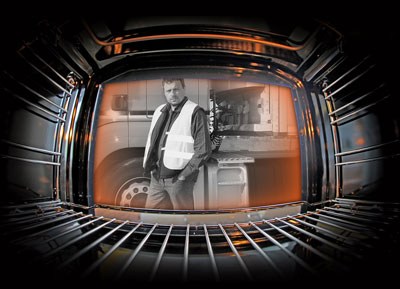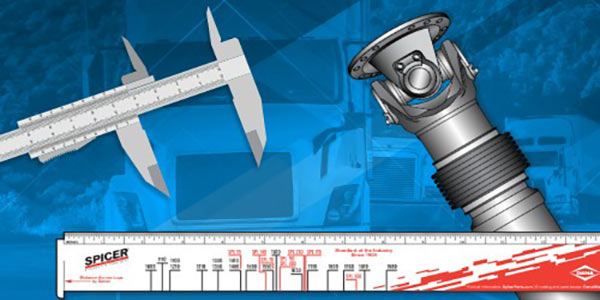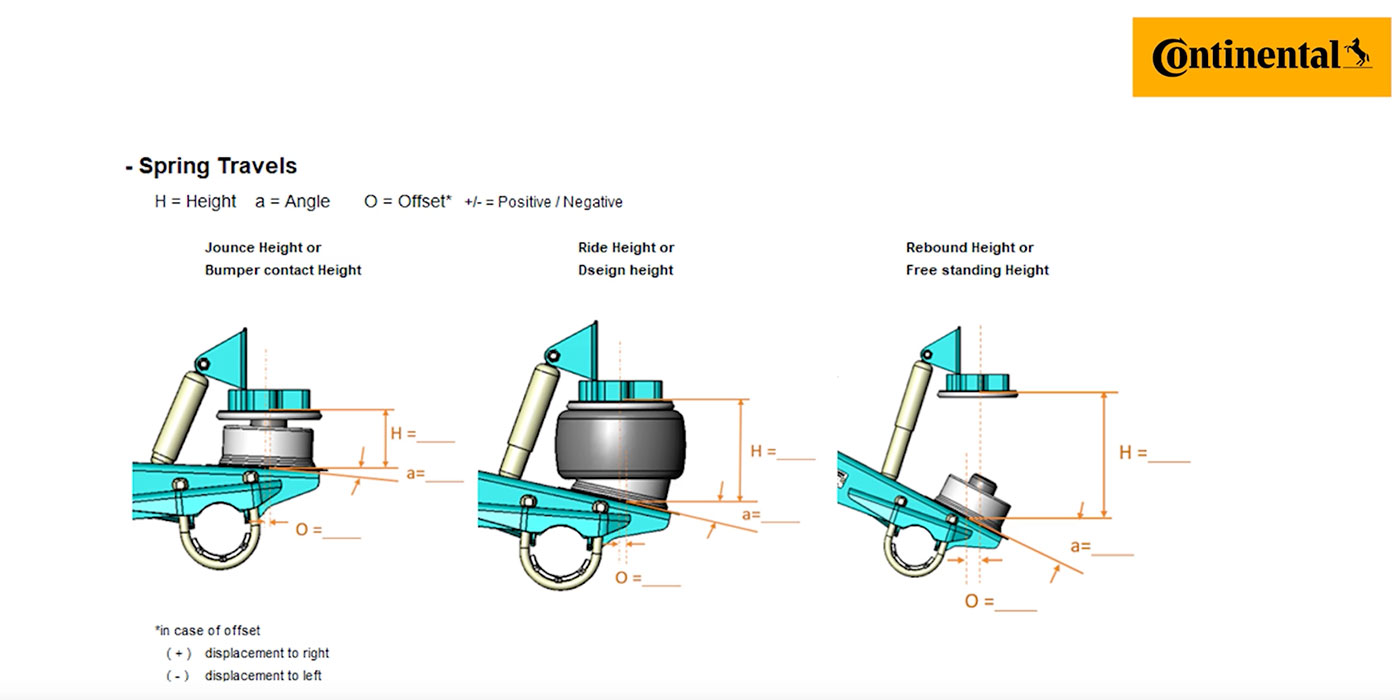
Fleets are no stranger to extreme conditions. Especially heat. Whether it’s on the road or under the hood, heat puts extra strain on truck parts that are already being put to the test. This is especially true for batteries. Even in the best circumstances, batteries can take quite a beating when a truck is on the road day after day. And many of the battery boxes in today’s trucks feel more like ovens!
Adding heat to the equation makes a hardworking part work even harder. Using batteries that can’t stand up to these challenges will lead to unexpected failures, which add stress while wasting time and money.
So what adds heat to an already hot situation?
Today’s cabs are designed for fuel efficiency and aerodynamics. To improve aerodynamics, exhaust pipes no longer jut prominently from the top of the cab. Exhaust Gas Recirculation systems generate even more heat. Air flow is redirected by the skirting that has been added to today’s trucks, which causes a wave of heat for under cab components. Less airflow means parts are getting hotter than ever before, particularly for parts like batteries. A hot battery box can even cause thermal runaway within the batteries, which leads to much shorter life and even complete failure.
Not only are battery box temperatures rising internally, but external environmental factors add heat as trucks travel from coast to coast. As a result, trucks may encounter different climates and conditions during the same trip. Batteries that can’t take the heat certainly won’t handle the extra starting efforts required in the cold.
Severe climate conditions, long routes, anti-idling and frequent stops can push batteries to their limit. That’s why fleets need batteries designed to perform better and last longer while protecting your investment and uptime from the damaging effects of high heat.
This article was sponsored by East Penn. For more information, please visit our website at www.fahrenheit31.com.














